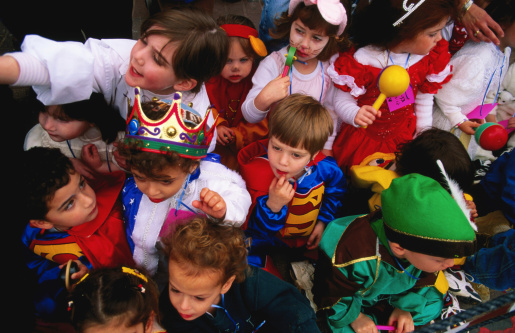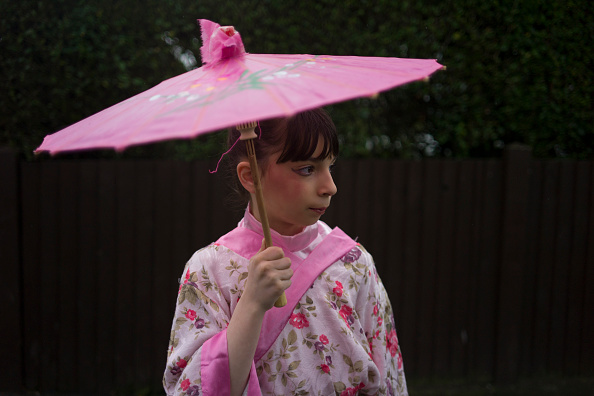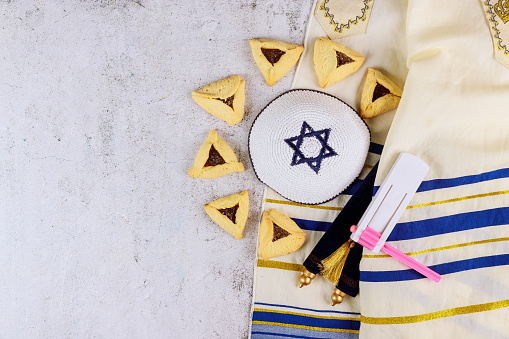
Across the world, Jewish people are getting ready to don some fancy dress and celebrate the festival of Purim.
The festival is one of feasting and overall revelry, and held on the 15th day of Adar, which is a month in the Hebrew calendar.
This year, it begins on Monday, March 6, and ends on the evening of Tuesday, March 7.
If you want to get more involved with Purim this year, then read on, because here’s everything you need to know about the holiday, and how to say ‘Happy Purim’ in Hebrew and Yiddish.
What is Purim?
Purim, which starts at sundown on Monday, celebrates a defeated plot by Haman, adviser to the Persian king Ahasuerus, to massacre the Jewish people roughly 2,500 years ago.
The person who foiled this plot was Esther, the Jewish wife of Ahasuerus, who was not aware of his wife’s religion.

When Haman got permission from Ahasuerus to have all the Jews in his kingdom killed after the Jewish Mordecai refused to bow to him, Esther revealed to her husband her status as not only Jewish, but as Mordecai’s blood relative.
In doing so, she saved her people, and secured Mordecai’s future as Ahasuerus’ new advisor after Haman was subsequently executed.

Celebrating Purim usually involves 24 hours of dressing up and partying in fancy dress, donating to the poor, feasting, prayer, and reading the Scroll of Esther, or the Megillah, typically in a synagogue.
More Trending
This is one day of the year when decorum goes out the window in the synagogue – as congregants are encouraged to make as much noise as possible to drown out Haman’s name whenever it is mentioned in the Megillah.
Traditionally this is done by shouting or waving a rattle-type noisemaker known as a ‘gragger’ – but really, you can use anything that makes a sound.
How to say ‘Happy Purim’ in Hebrew and Yiddish
‘Happy Purim’ in Hebrew, a language widely spoken in Israel where most of the population is Jewish, is ‘chag Purim samayach’, which is pronounced KHAG poo-REEM sah-MAY-akh.
In Yiddish, a historical Jewish language ‘Happy Purim’ is ‘ah freilichen Purim’, pronounced FRAY-likh-en POO-rim.
MORE: What happens at a Passover Seder and what’s included in the meal?
MORE: Hanukkah: What foods are traditionally eaten during the Jewish Festival of Lights?
MORE: What is Yom HaShoah and how is the Jewish memorial day marked?
Follow Metro across our social channels, on Facebook, Twitter and Instagram
Share your views in the comments below













